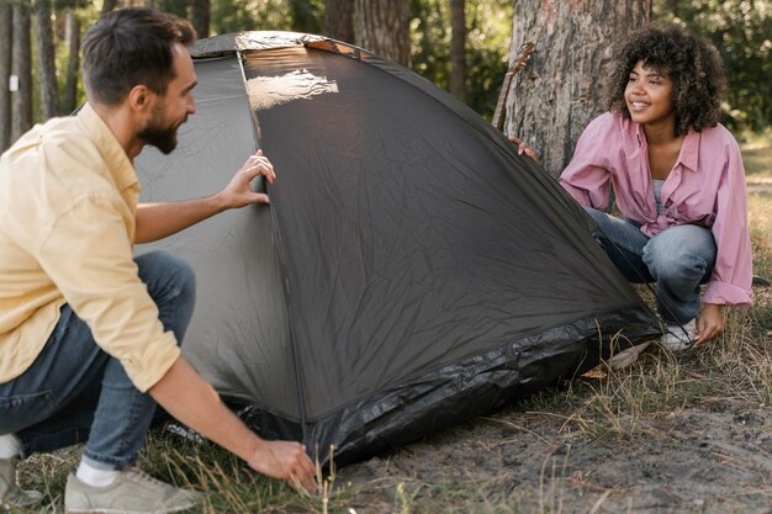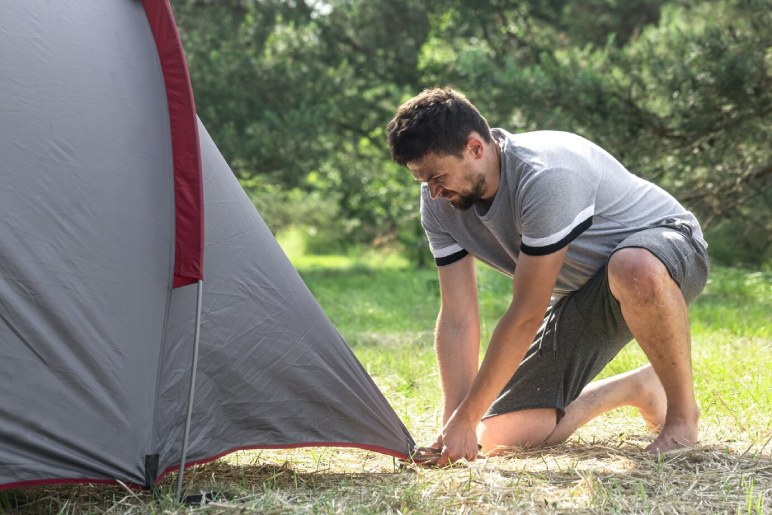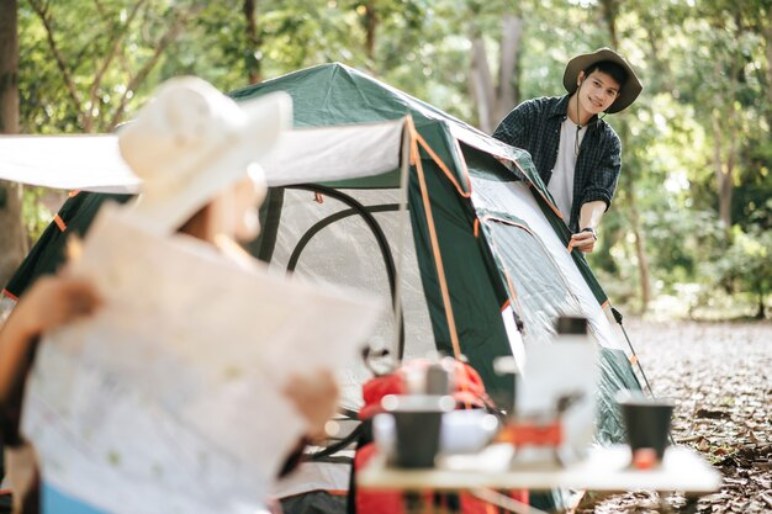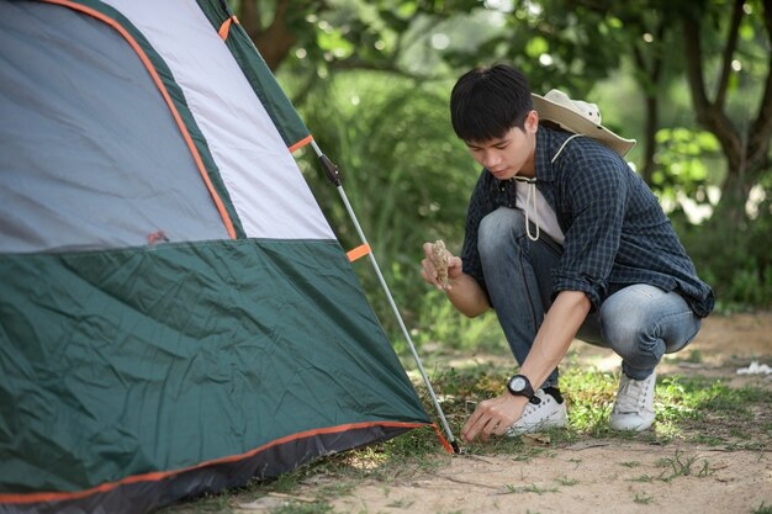Setting up a tent may seem like a straightforward task, but any seasoned camper knows that a camping trip’s success hinges on the tent setup’s reliability. One often-overlooked yet crucial component of this setup is the choice of tent pegs. This article will delve into the pro tips for selecting the perfect anchors to ensure a secure and hassle-free outdoor experience.
Tip 1: Know Your Camping Terrain


Different camping terrains require different types of anchors. Proper terrain assessment is crucial when you pitch your tent on soft soil, rocky ground, or sandy beaches. For softer grounds, consider stakes with a wider profile to prevent them from pulling out easily. On rocky surfaces, opt for durable and strong anchors. Meanwhile, sand requires tools designed for better grip, such as longer and more substantial stakes.
Knowing your camping terrain not only guides your choice of anchors but also influences the overall camping experience. Tailoring your stake selection to the specific characteristics of the ground enhances stability and minimises the risk of tent displacement.
Tip 2: Choose The Right Material


Anchors come in various materials, each with its own set of advantages. Aluminium variants are lightweight and corrosion-resistant, making them ideal for backpackers. Steel options are sturdy and durable, perfect for handling rough terrains. Titanium alternatives strike a balance between strength and weight. The material choice depends on your specific camping needs and preferences, so weigh the pros and cons before making a decision.
The choice of material not only affects the weight of your backpack but also determines the longevity of your anchors. Aluminium options may be lightweight, but their corrosion resistance ensures a longer lifespan.
Tip 3: Consider The Design And Shape


The design and shape of anchors play a crucial role in their effectiveness. Y-shaped variants provide excellent stability, particularly in softer grounds. Spiral options offer superior grip and are less likely to rotate in the soil. V-shaped tools are versatile and work well in various terrains.
Consider the conditions you expect to encounter during your camping trip and choose tools with a design that complements those conditions. The design and shape of anchors not only influence stability but also impact the ease of setup.
Tip 4: Prioritise Weight And Portability
For backpackers and hikers, every ounce matters. Therefore, it’s important to strike a balance between strength and weight when selecting anchors. Lightweight options are more convenient for carrying over long distances, but they shouldn’t compromise on durability. Look for tools made from lightweight materials without sacrificing the necessary strength to withstand different weather conditions.
Prioritising weight and portability isn’t just about convenience; it’s also about enhancing your overall camping experience. Lighter tools reduce the load on your backpack, making your journey more comfortable and enjoyable.
Tip 5: Invest In Quality, Not Quantity
It’s tempting to think that more anchors equal better stability, but the quality of the tools matters more than the quantity. Investing in a set of high-quality options is a wise decision. Quality tools are less likely to bend, break, or pull out of the ground during adverse weather conditions.
Prioritise durability and reliability over sheer quantity, and you’ll have a more secure tent setup.
While having a few extra tools as backups is prudent, focusing on quality ensures that each tool in your set serves its purpose effectively.
In conclusion, mastering the art of tent setup involves careful consideration of tent pegs. Choosing the right material, considering design and shape, prioritising weight and portability, and investing in quality are all crucial factors. By following these pro tips, campers can ensure a secure and stable tent setup, setting the stage for a memorable outdoor adventure.
Have A Look :-
- How To Become A Portfolio Manager?
- How To Start A Chatbot Business?
- How to start a subscription box business?

